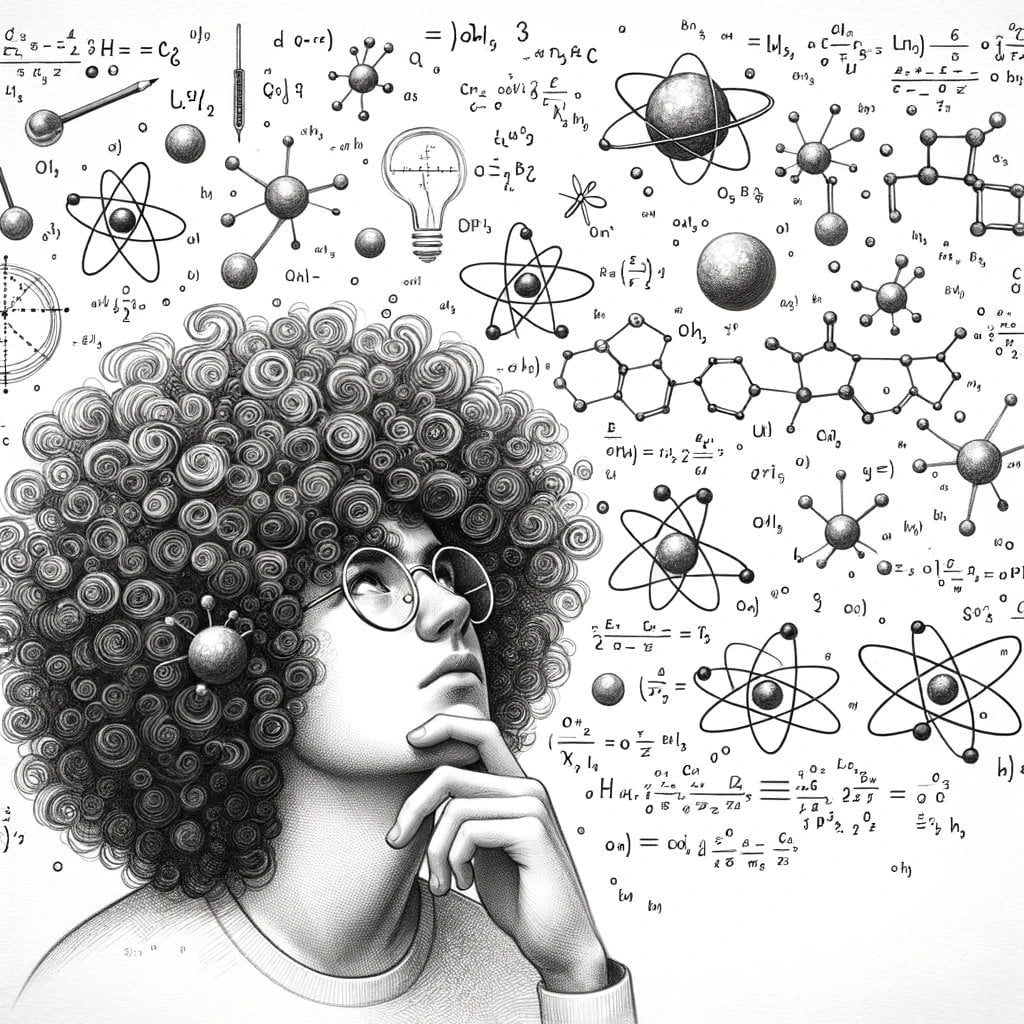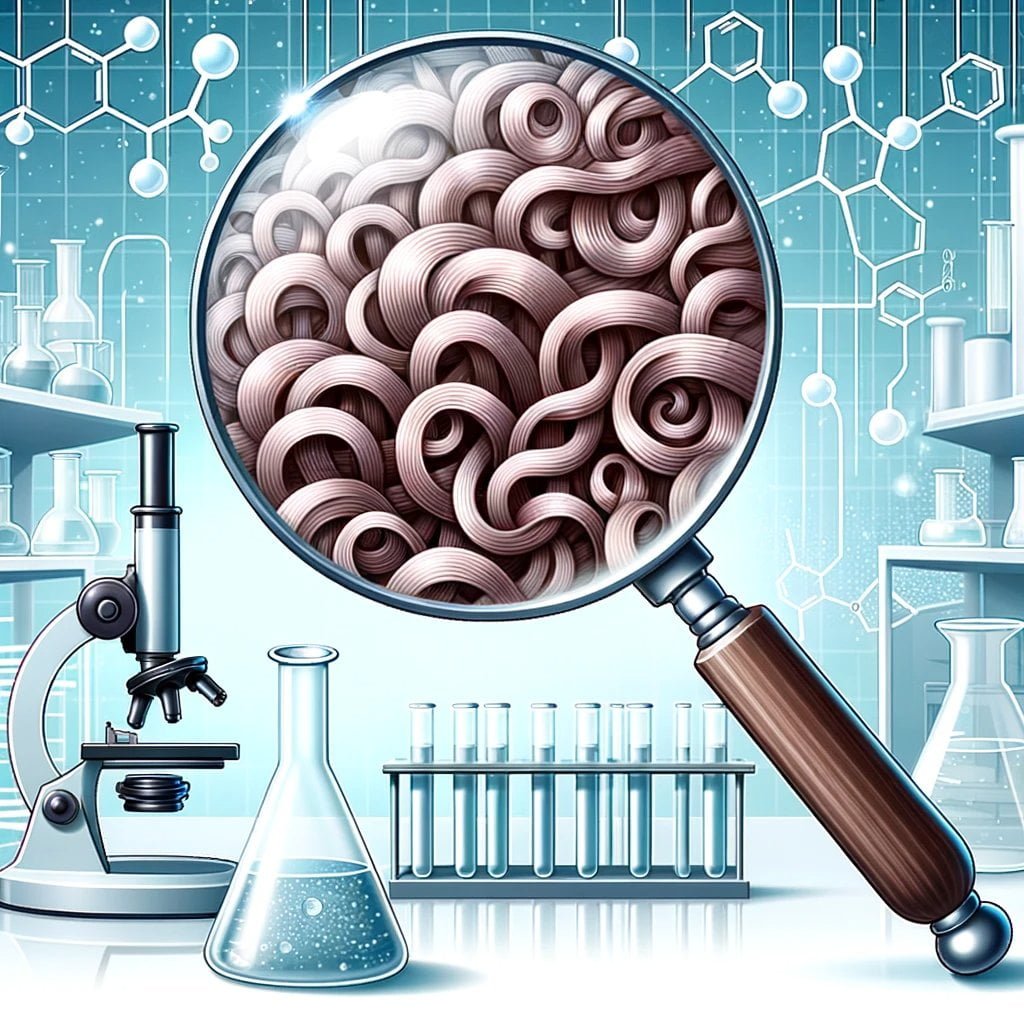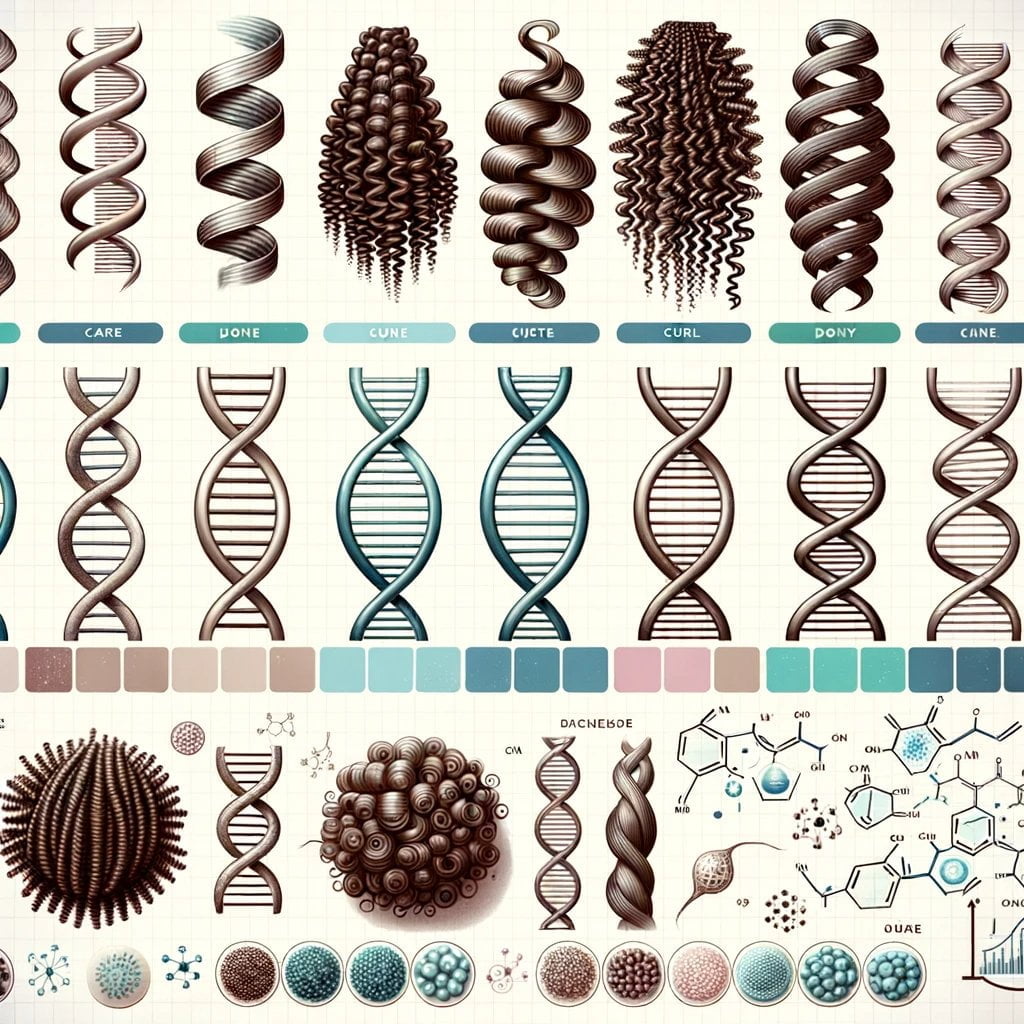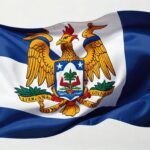You may be quite intrigued by curly hair. Are you interested in learning the hidden meanings of those exquisite locks? There is no need to look further! This article explores the realm of scientific knowledge pertaining to curly hair. In my capacity as a seasoned hairstylist and ardent admirer of curly hair, I have devoted countleSoyears to deciphering the enigmas concealed within those sinuous spirals. Prepare yourself to embark on an enlightening exploration of the scientific principles underlying curly hair.
Scientific Aspects Concerning Curly Hair
Beyond being a mere fashion accessory, curly hair serves as an intriguing embodiment of the distinct biology and heredity that contribute to individuality. Through scientific investigation and the examination of trichology, noteworthy revelations have been made regarding the composition, attributes, and maintenance needs of curly hair.
Particular Hair Fibre and Follicle Form
Although all hair textures are fundamentally identical, curly hair is distinguished by the configuration of its follicles and hair fibers. Straight hair is characterized by spherical or asymmetrical follicles and fibers, whereas curly hair is otherwise oval in shape. This variation in form affects the quantity of curl that is exhibited in the hair. Indeed, the direction of hair follicle growth can dictate the curvature or straightness of a given hair filament.
The curliness of hair is significantly influenced by the configuration of the hair follicles. Individuals who possess curly hair are more likely to have follicles that are oval or asymmetrical, which gives rise to the distinctive curls that they flaunt.
Variation in Curl Patterns and Types
The fact that no two heads of curly hair are identical contributes to the allure and intricacy of curls. Even so, a solitary cranium may exhibit a variety of curl varieties, including loose waves and tight coils. In a similar vein, the presence of identical curl patterns among individuals underscores the considerable heterogeneity of curly hair among populations.
“Curly hair reflects the diversity of the individuals who wear it.” Curls, which range from delicate spirals to firm waves, are available in an extensive array of textures and patterns, rendering every individual’s hair distinctively alluring.
The Dilemma of Moisture Balance
One of the most prevalent difficulties encountered by people with curly hair is the maintenance of sufficient hydration levels. In contrast to straight hair, curly hair is typically devoid of moisture and, if not properly maintained, can quickly become dry and brittle. Natural lubricants have a more difficult time traveling down the hair shaft through curly hair, leading to drier strands and a greater requirement for hair care routines that replenish moisture.
“Curly hair necessitates particular care in regards to the retention of moisture. It is essential to maintain the appearance of those curls with moisture-rich hair care practices, as their distinctive structure renders them susceptible to dehydration.
The genesis of curly hair
Curly hair has its origins in the biology governing hair growth. The origin of curly hair fibers is a bulb deep witscalpe cranium, which is curved and gives ristheiro the hair’s distinctive appearance. This configuration is due to the atypical distribution of keratin, the protein that constitutes the structural components of hair. The exquisite twist and turn of curly hair is due to these irregular distributions.
“The origin of a curly hair strand is profound within the scalp, where a bulb that curves imparts this enticing curl.” We adore the distinctive spiral curls that result from the irregular distribution of keratin that introduces twists and turns as the hair develops.
Tailored styling and care methods
Maintaining curly hair requires more than the applicationrandomir care product at random. It is imperative to consider the distinct maintenance and styling requirements of each individual curl pattern. Comprehending one’s curl pattern enables one to apply the requisite care to maintain and augment curly hair, encompassing both the products utilized and the techniques implemented.
“Maintaining your curls requires more than simply selecting a hair care product from the store.” It is essential for the health and vitality of your curls to customize your routine to your particular curl pattern. Attend to the specific requirements of your curls, ranging from cleansing to grooming, in order to achieve the highest level of curl definition and bounce.
Diversity of genes and curly hair
Curly hair is not restricted to any particular population or ethnic group. Indeed, considerable variation exists in the biology and genetics of curly hair among distinct populations. The fact that individuals of diverse ethnic backgrounds can naturally have curly hair demonstrates the multifaceted nature of this hair type.
“Curly hair surpasses distinctions of race and ethnicity, as people of various backgrounds proudly display and embrace their natural curls.” The substantial variation in curly hair observed among different populations serves as an indication of the distinct genetic composition that governs the texture and pattern of our hair.
Curly hair is incredibly unique and can be a source of envy for those with straight locks. If you’re curious to learn some fascinating facts about curly hair, then look no further! We’ve compiled a list of intriguing information that will leave you amazed. From the science behind why hair curls to the various types of curls found in different ethnicities, there’s so much to discover. So, if you’re ready to dive into the world of curly hair, click here to unlock the secrets that will make you appreciate and embrace your natural curls even more.
Scientific Facts About Curly Hair
Curly hair is a fascinating and unique trait that has captivated us for centuries. Have you ever wondered why some people are blessed with luscious curls while others have straight hair? If you’re curious about the biology behind curly hair, you’re in for a treat. In fact, there are several fascinating facts about curly hair biology that will leave you in awe!
One interesting fact about curly hair biology is that it is determined by the shape of the hair follicle. Hair follicles that are asymmetrical produce curly hair, while symmetrical follicles result in straight hair. This difference in follicle structure leads to variations in the cross-sectional shape of the hair strands, giving curly hair its distinctive texture and appearance.
But that’s not all! Did you know that curly hair has a higher number of disulfide bonds? These bonds are responsible for the strength and elasticity of the hair. The greater number of disulfide bonds in curly hair makes it more resistant to damage and breakage compared to straight hair.
If you’re still hungry for more knowledge about curly hair biology, look no further! We’ve compiled a comprehensive list of facts about curly hair biology that will leave you with a newfound appreciation for those gorgeous curls. Discover these enlightening facts by clicking the following link: facts about curly hair biology.
So, whether you have curly hair yourself or are simply fascinated by the science behind it, this article is a must-read. Prepare to be amazed as you delve into the intriguing world of curly hair biology. Don’t miss out on this opportunity to expand your knowledge and unlock the secrets of those beautiful locks. Click the link now and let the journey begin!
FAQ
Initial Question
What distinguishes curly hair in comparison to other hair textures?
Initial Response
In contrast to hair with other textures, curly hair has a distinct fiber and follicle structure. Although all hair textures are identical biologically, curly hair is distinguished by its oval or asymmetrical follicles, which produce its distinctive curl pattern.
Second Question
What is the mean number of hairs on a typical head, and how does it differ from a head adorned with curly hair?
Answer Two
A typical head of hair comprises around 120,000 individual hairs. In contrast, a cranium adorned with curly hair generally comprises approximately 100,000 hairs.
Third Question
Can one head support various varieties of curls?
Three Answers
It is indeed feasible for a single head to possess various varieties of curls. Curly hair is multifaceted and can display an assortment of curl patterns across its entirety.
Fourth Question
Is curly hair more susceptible to dehydration and dryness?
Response Four
Indeed, curly hair is prone to moisture deprivation and rapid drying, which complicates its maintenance. Tailored to its specific requirements, it necessitates particular care and styling techniques.
Cinquisite 5
What elements contribute to the degree of curl in hair?
5th Answer
The form of hair follicles has an impact on the quantity of curl that hair possesses. The oval or asymmetrical follicles that are more prevalent in individuals with curlytexture.ontribute to its curly texture.
- Beyond the Beat: Unveiling Interesting Dance Facts from Around the World - July 26, 2024
- Unlocking Fleet Efficiency: Captivating Facts About FleetFinder - July 26, 2024
- Peel Back the Facts: The Unexpected Wonders of Banana Cleaner - July 26, 2024



















